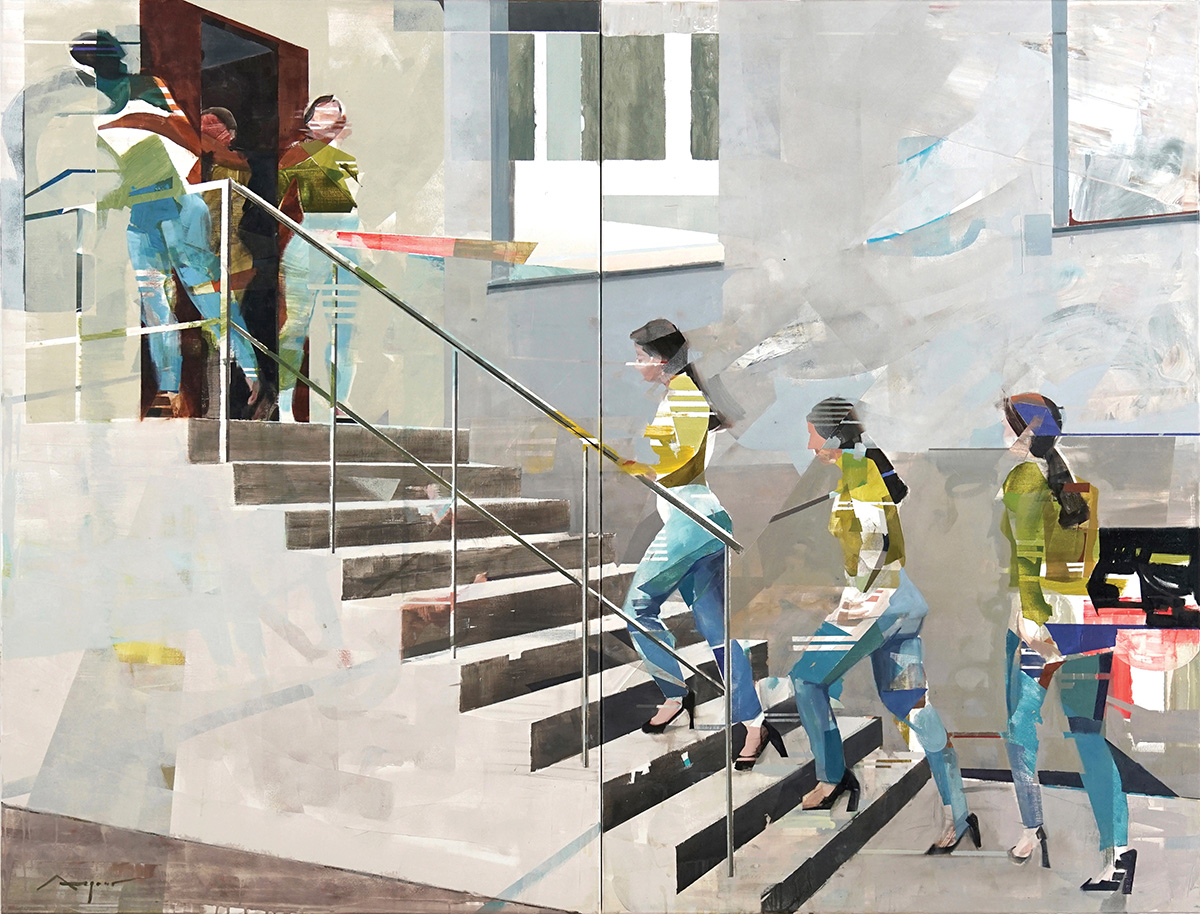No one pursues a creative career with the goal of becoming a starving artist. True, there is a well-worn cliche about suffering for one’s art; however, there’s an established pathway for artists to build rewarding careers doing what they love—if they take the steps to treat art as a profession.
Michael Azgour knows about this pathway through years of hard-earned personal experience, which he’s crystalized into a series of teachings aimed at helping artists build sustainable careers. An award-winning painter whose work has been exhibited in galleries and museums throughout the United States and Europe, Azgour has built a career as a fine artist, speaker, and college art instructor. He started teaching about the business side of art because he saw there was an absence of instruction about entrepreneurship for artists.
“That’s a problem because inherently artists are entrepreneurs,” he says. “We often must work for ourselves creating works of art, put things into the market, and get compensated for them after the fact. We can be successful as entrepreneurs, but we have to be very intentional about how we do things.”
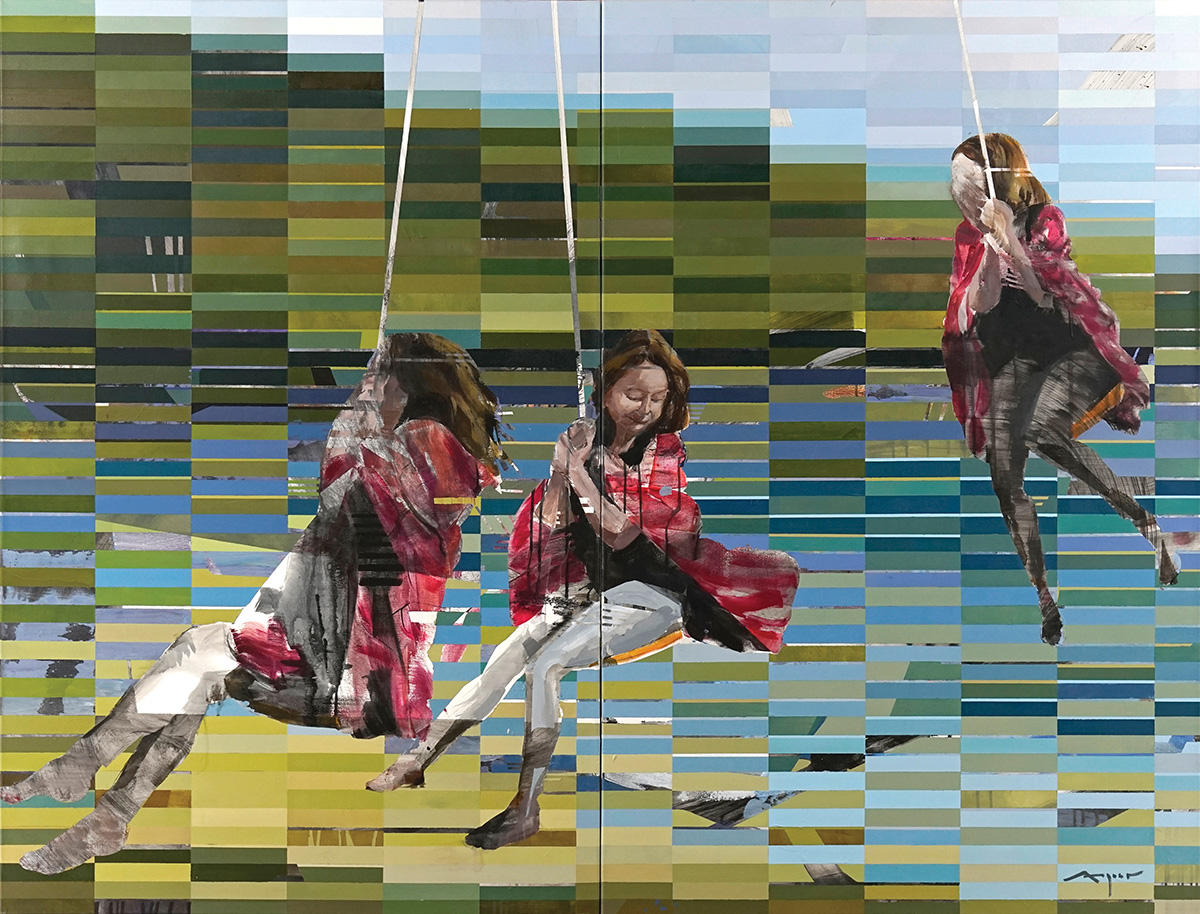
UNDERSTAND YOUR ROLES
To get in the right frame of mind, Azgour tells artists to think of themselves as having three roles:
1. The creative. As a creative, you follow your intuition and do what you love uncompromisingly, absolutely dedicated to your craft.
2. The professional. Think in terms of line items on your CV. Try to make effective progress and always build toward the next step in your career.
3. The entrepreneur. Consider how you can build a business around your work with diverse income sources. Innovate and think about new ways of generating revenue to support your creative role.
If approached correctly, each role supports the others, with the professional and entrepreneur ultimately creating the foundation for a sustainable career and reinforcing your creative passion.
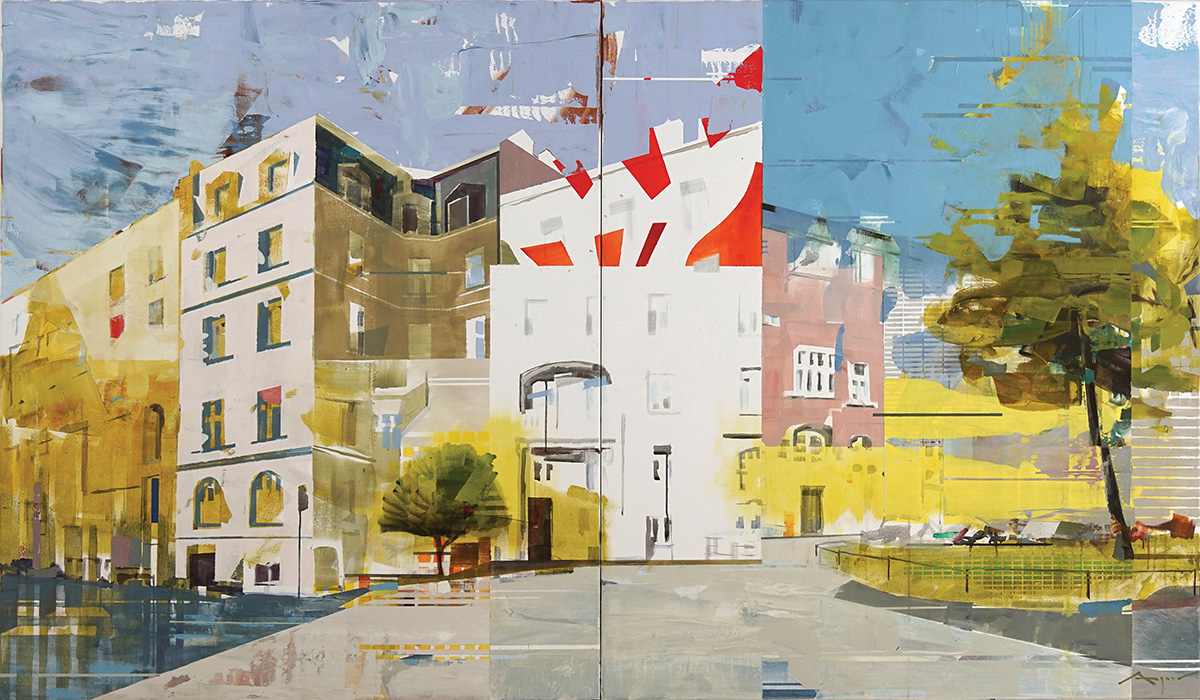
NUMBERS GAME
Azgour decided to focus his career on working with galleries, so many of his lessons revolve around that process. However, those lessons apply to many different commercial pursuits within the art world. The principles are the same: Identify a target market, do your research, develop a system, and play the numbers game until you find some financial success.
For artists who are just starting out or transitioning from retail creative areas, Azgour recommends beginning by targeting secondary markets where the competition may not be as fierce and there are more opportunities for new artists. For example, though he launched his career in San Francisco, Azgour started by targeting smaller surrounding cities with less robust, less competitive gallery scenes. These towns offered better chances to get his foot in the door, make a few sales, and add some exhibitions to his CV.
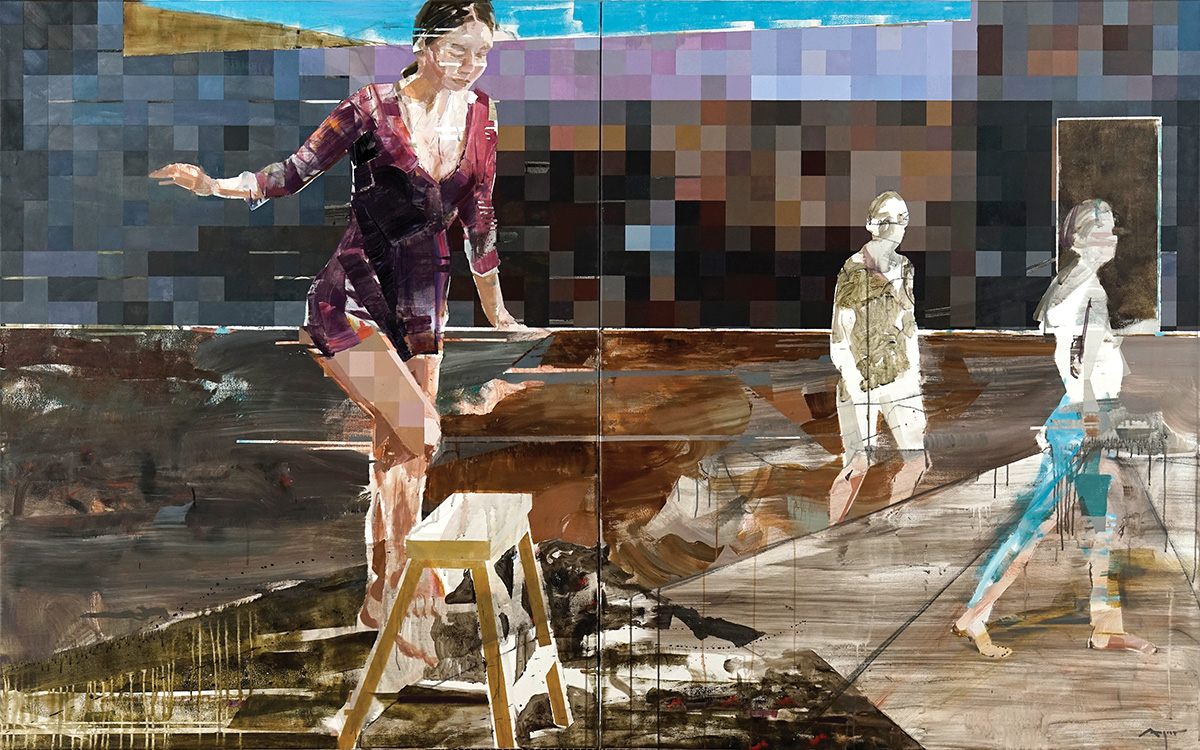
Azgour suggests putting together a list of all the galleries in a specific market then removing those that aren’t a good fit based on style, medium, genre, or price point. Next, do some research on the artists who show at the galleries on the edited list. Focus further on establishments that sell work that’s on par with your price point. Using this methodology to winnow down your targets, rank the choices and then start approaching the galleries at the top of your list.
Rejections will happen. A lot. But that’s OK. “I actually like rejections because I’m making a connection,” says Azgour. “Far worse is no response at all. Beyond that, rejection is simply part of the process because most galleries only take on a few new artists each year out of hundreds of applications. That tells me it’s a numbers game. You need to apply to dozens if not hundreds of venues.”
To make the process more efficient, Azgour recommends using standard emails and communications. Note status updates in a spreadsheet, then circle back to galleries a year or so later with a new application. If you track things and have a system, then you’re not starting from scratch each time and you have an organized, effective enterprise.
As you start getting some acceptance, update your CV and your pitch to other galleries. The more galleries that show your work, the more desirable you are to collectors, so your successes tend to build on one another over time.
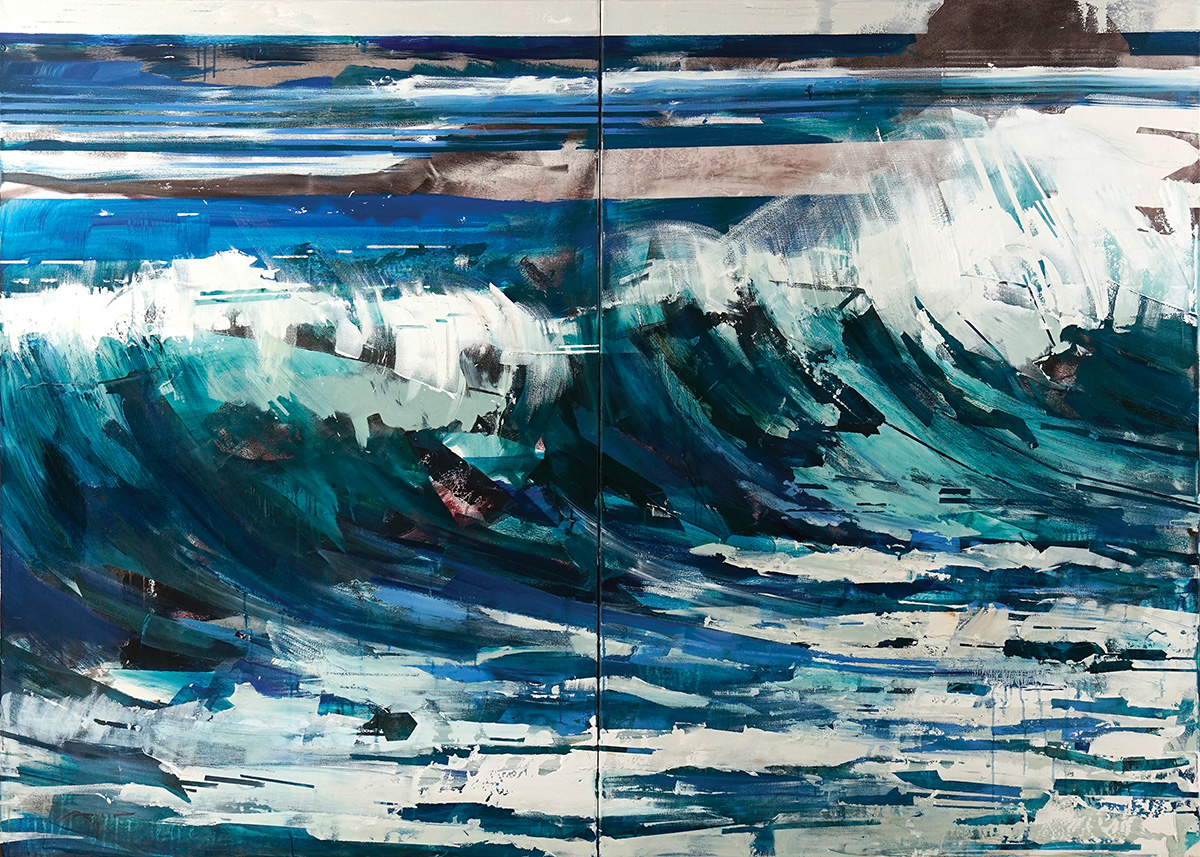
DIVERSIFYING REVENUE STREAMS
The path to a sustainable career in art often means following multiple routes to profitability—diversifying revenue streams among different avenues that can feed both the bottom line and the artistic process. The mix of revenue streams is different for every artist, but it could include working with multiple galleries, licensing, selling reproductions online, teaching workshops, publishing, doing private lessons, becoming an artist in residence, doing public art projects, participating in art festivals, and many more.
Contrarians may argue that pursuing these options takes away from your creative time and detracts from your art. However, artists who don’t diversify often end up stifling their progress over the long term, says Azgour. If you don’t build multiple revenue streams and have efficient systems for sales and marketing then you’ll have to spend more time generating each sale. Instead, spend the time up front to put the systems in place to create longer-term income streams. Then you’ll benefit from longer term sustainability that will allow you to pursue your artistic journey with fewer distractions.
“Your vision is always going to be one step beyond your ability because as you develop, your vision develops, and it’s always a little ahead. So, you’ll never be where you want to be, but it’s all a matter of perception.”
Michael Azgour
WHAT’S HOLDING YOU BACK?
Azgour points to three leading factors that hold artists back from taking steps to improve their career: fear, time, and failure to launch.
Fear. Many artists are crippled by feelings that they are not good enough or not ready.
“You’re never going to be there,” says Azgour. “Your vision is always going to be one step beyond your ability because as you develop, your vision develops, and it’s always a little ahead. So, you’ll never be where you want to be, but it’s all a matter of perception.” To move past the fear, start with smaller steps, approach smaller galleries, enter smaller competitions, focus on the little connections that can provide some positive momentum. Each step will lead to bigger things as long as you are consistent yet flexible in your efforts.
Time. Artists love to say they don’t have the time to spend on professional evelopment. But you don’t need that much time, maybe one to two hours a week. “If you want to do this as a career, it’s important to spend the time creating a space for your work,” Azgour says.
Failure to launch. It’s easy to get overwhelmed by the process and not know where to start. The connection between small tasks and long-term goals may not always be apparent, but that connection is there and requires some level of trust in the process. “There are always some leaps of faith you have to take,” says Azgour. “Just make a decision and go with it. Don’t worry about being perfect. It’s more important to get it out there and move on to the next opportunity.”
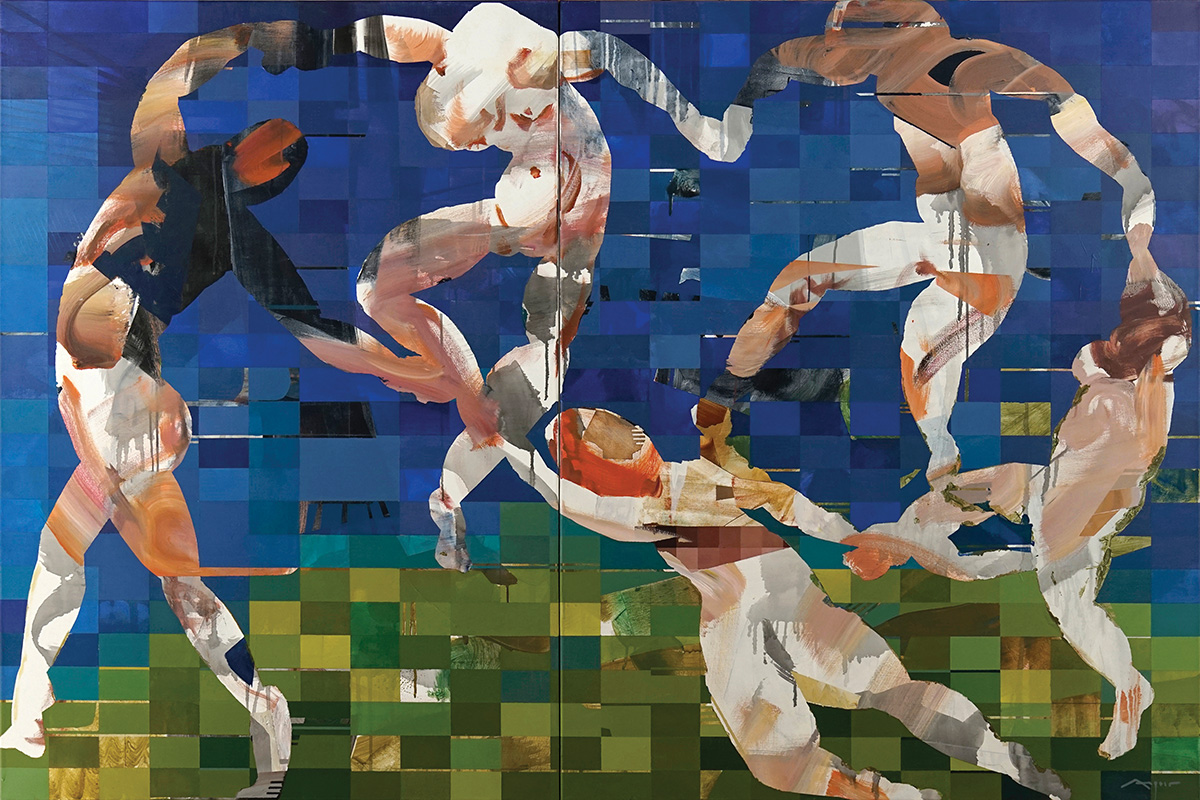
It also helps to create goals—short-, medium-, and long-term. Then set action items based on accomplishing each goal. For example, have a goal of getting a gallery show. To land that show, you might need to apply to 60 galleries. That seems like a lot, but if you reduce it down to five applications a month, that’s reasonable and achievable.
“Break things down to action items that you can achieve on a monthly or weekly basis,” says Azgour. “That’s honestly what’s given me the most progress over the long term. Those action items are really what’s going to create progress. And if you do them consistently, you will see results for certain.”
Jeff Kent is the editor-at-large.

